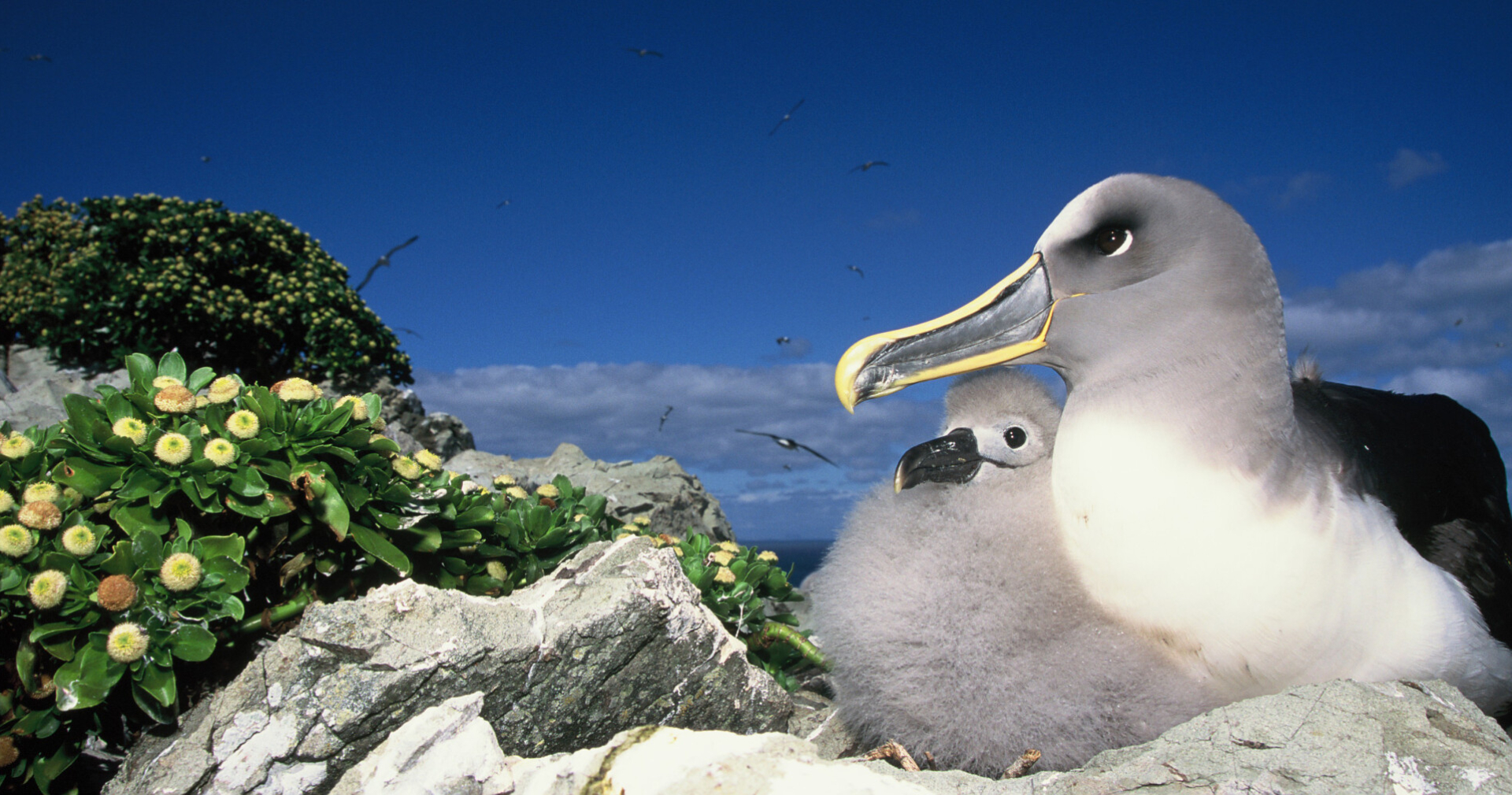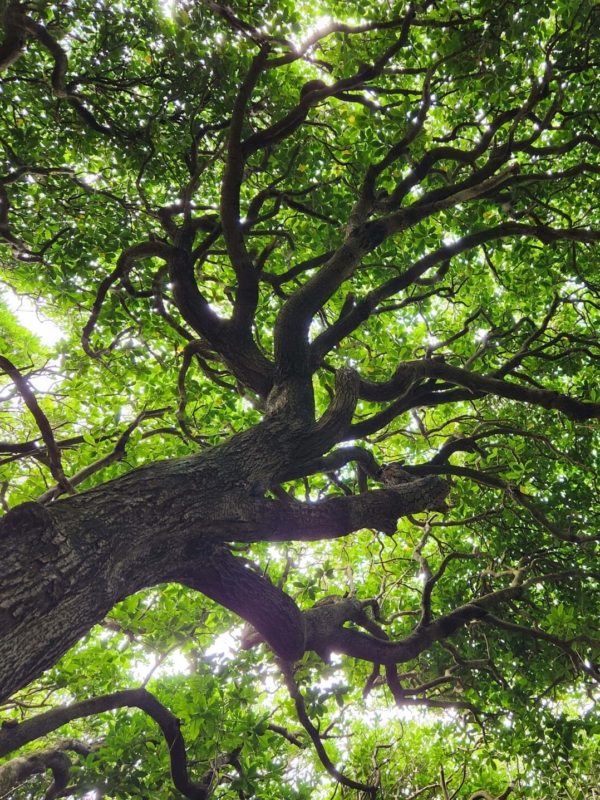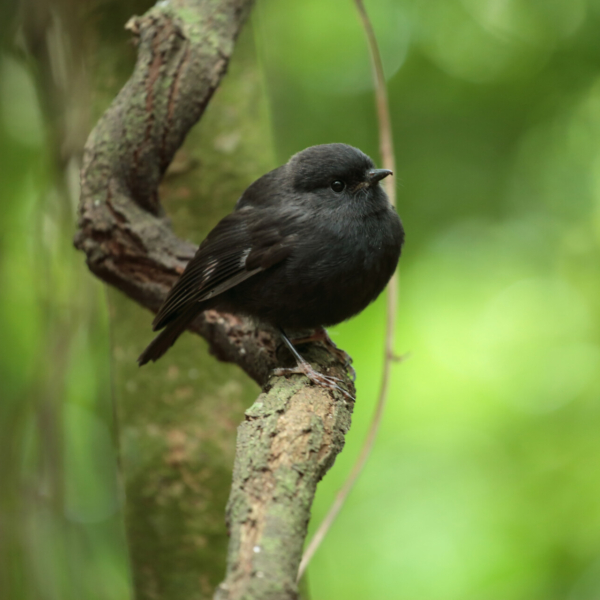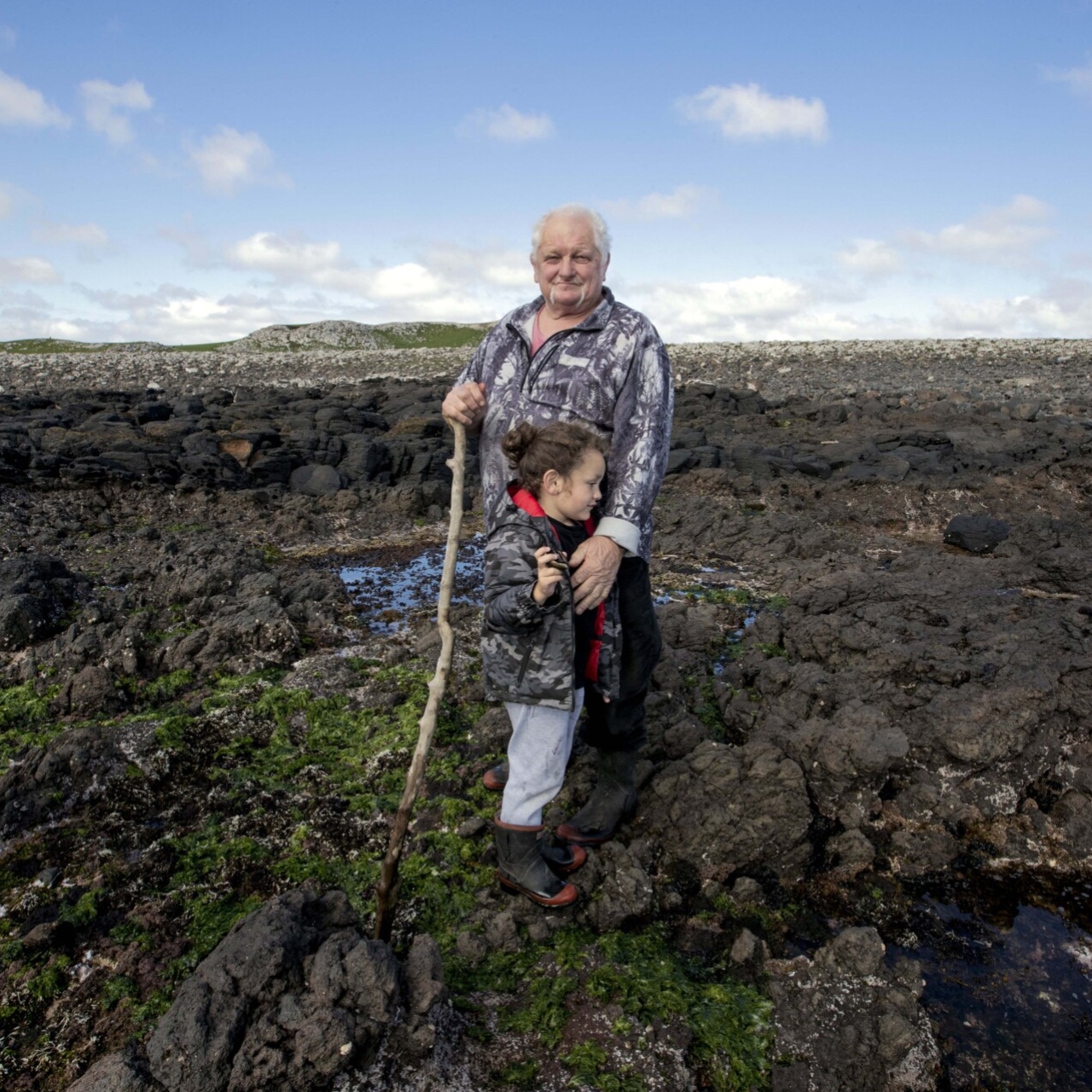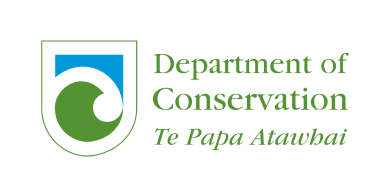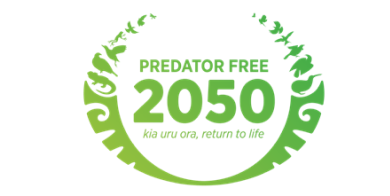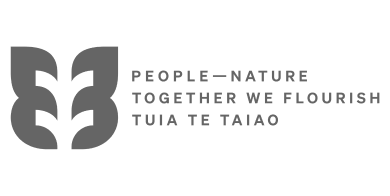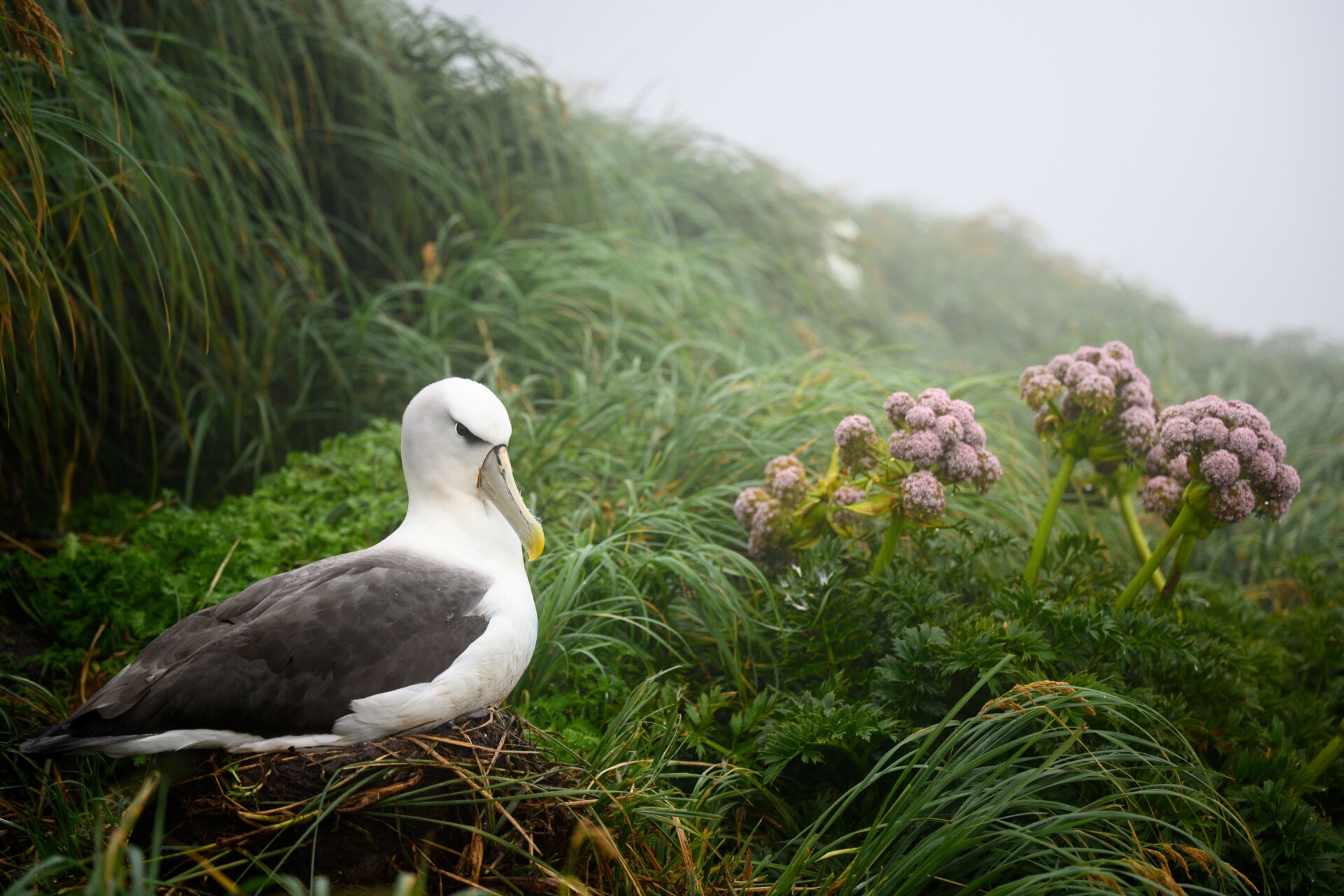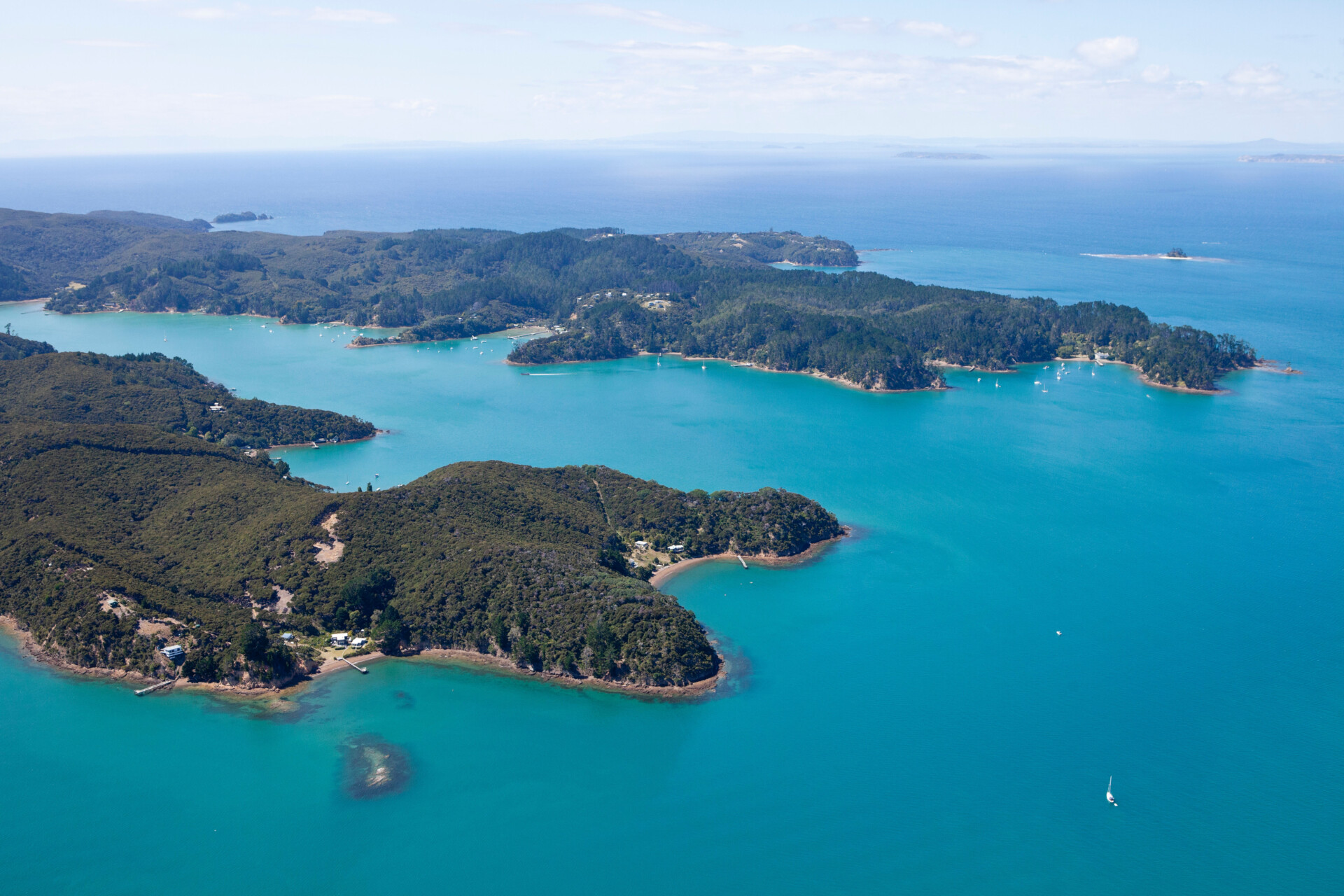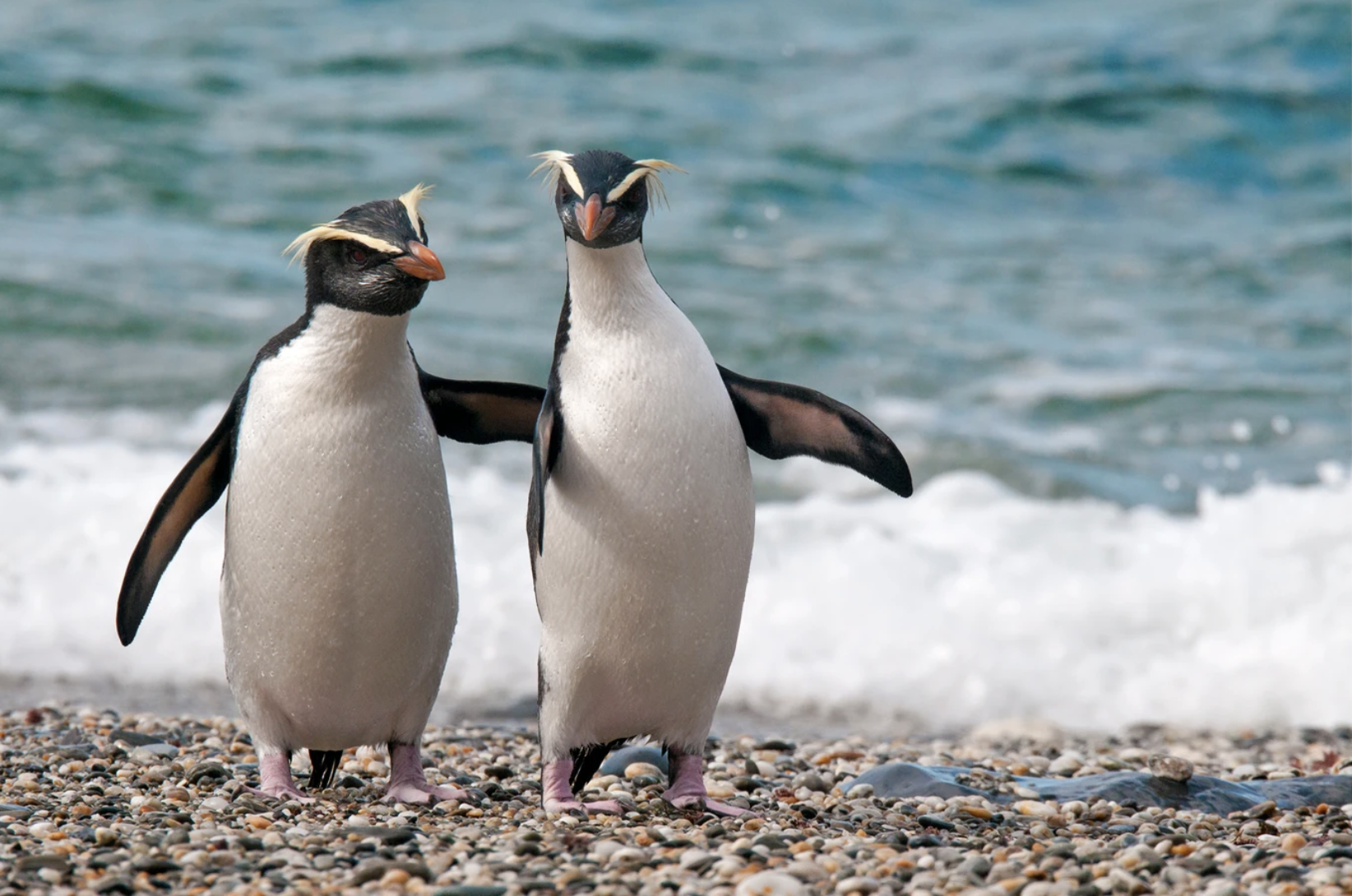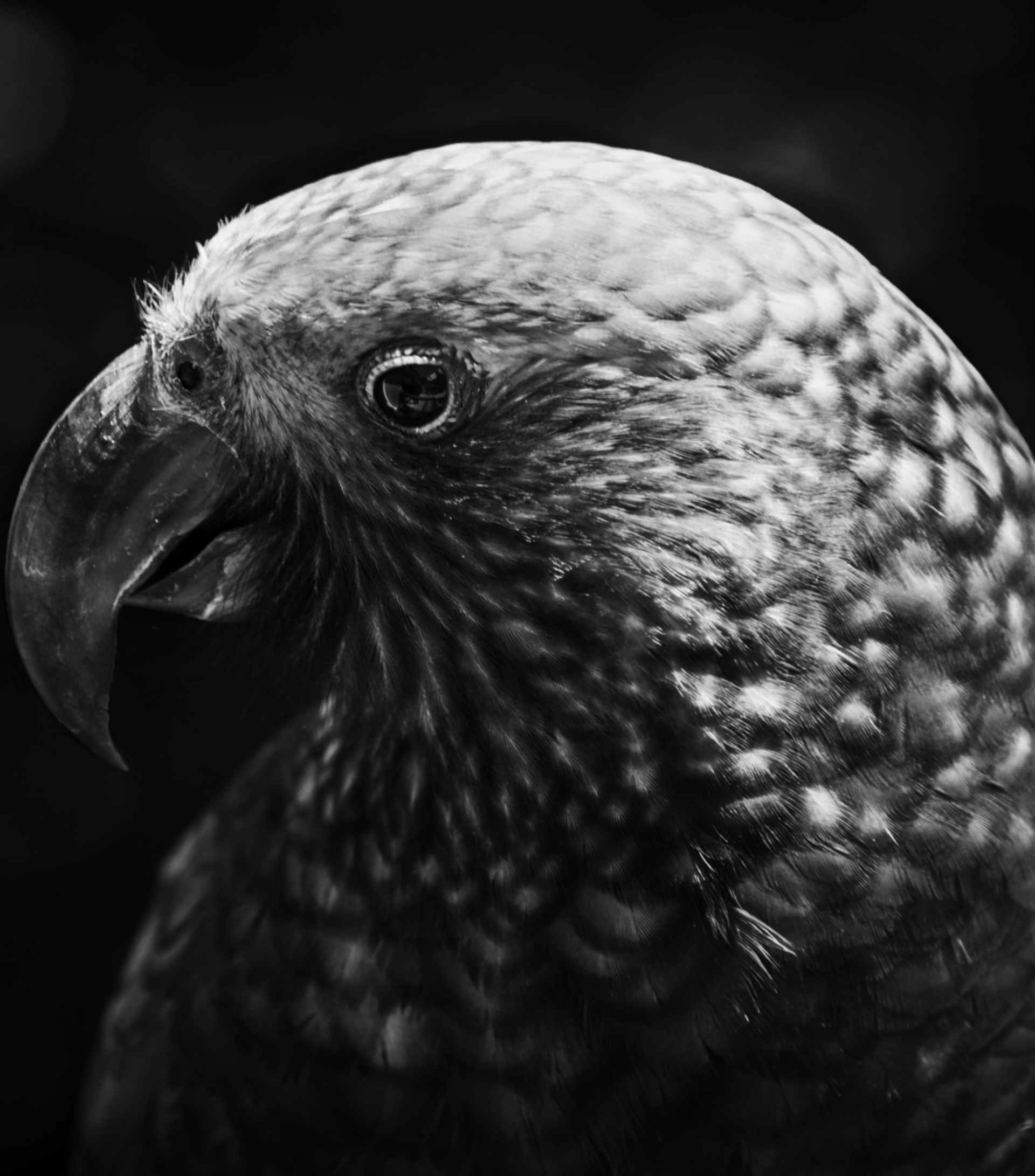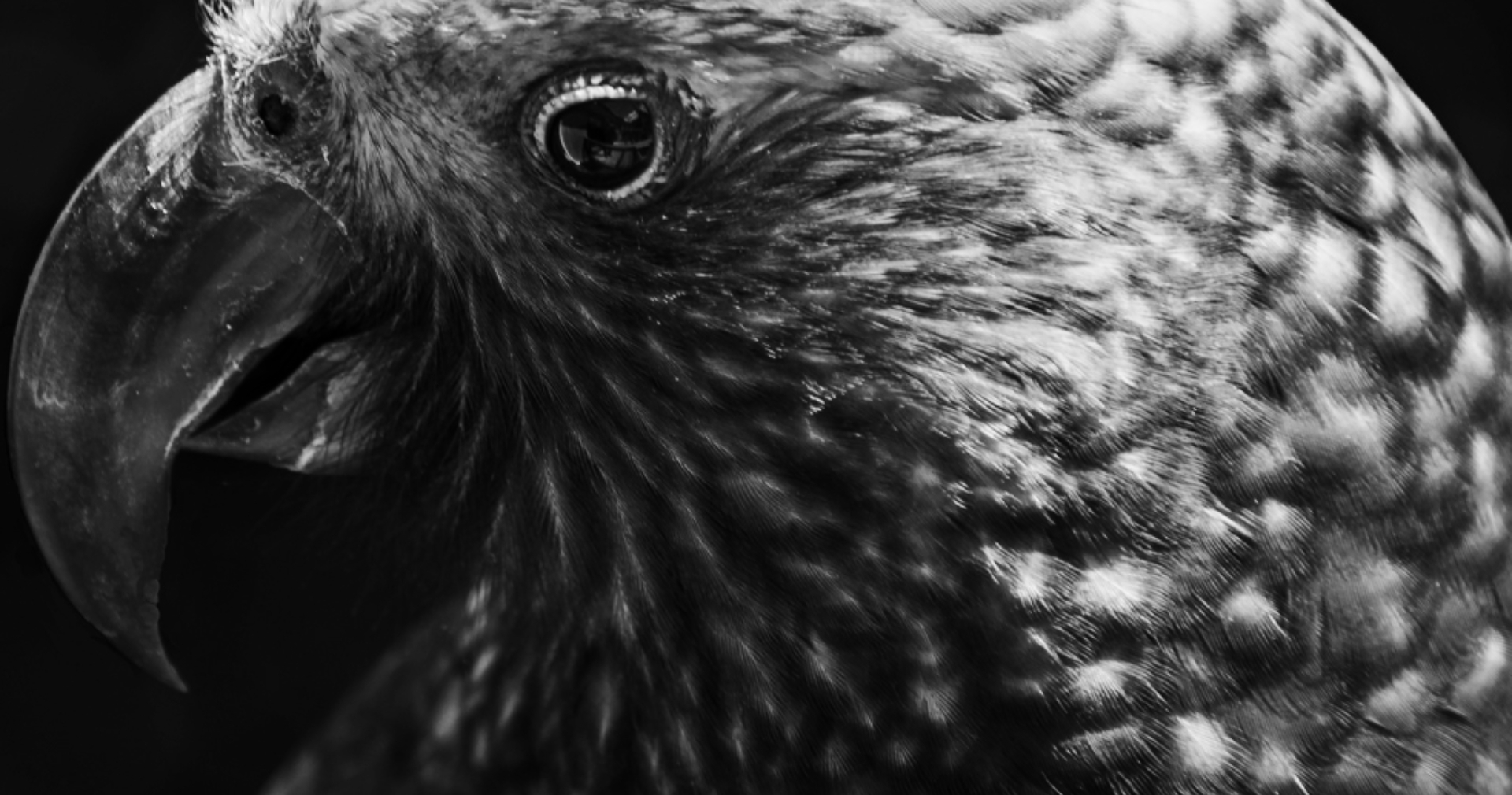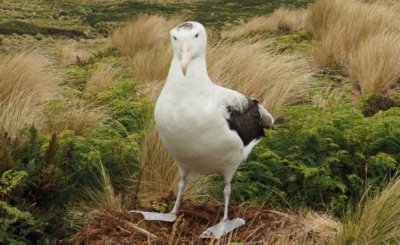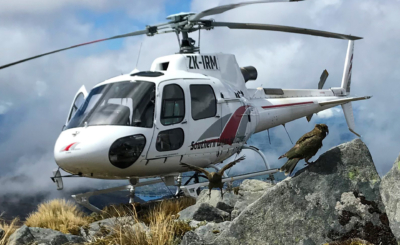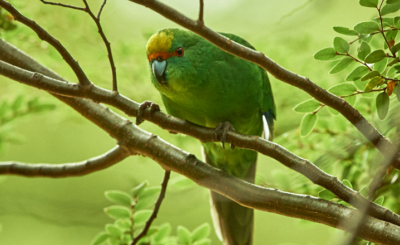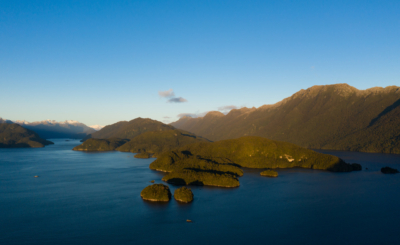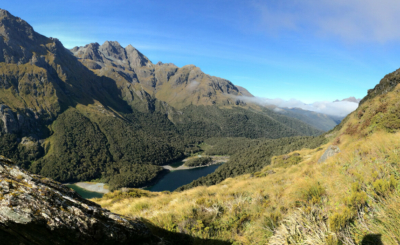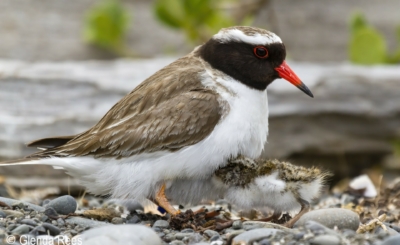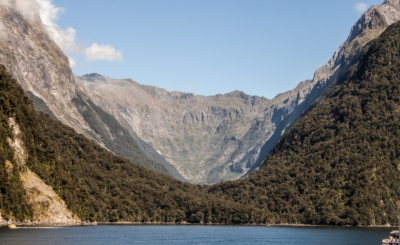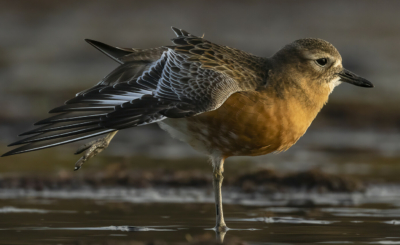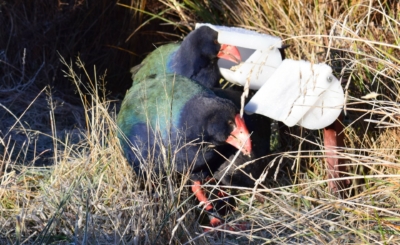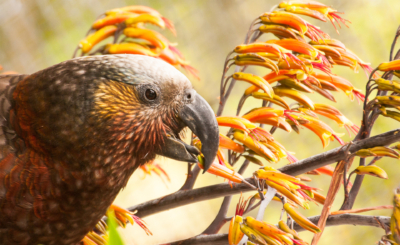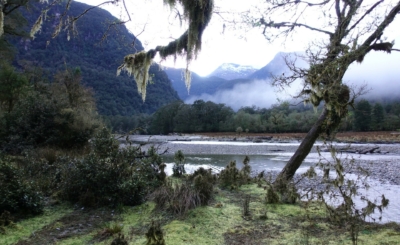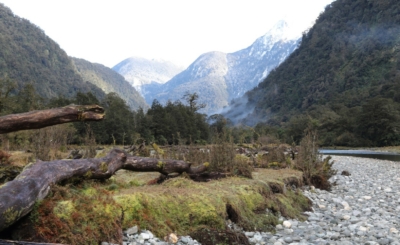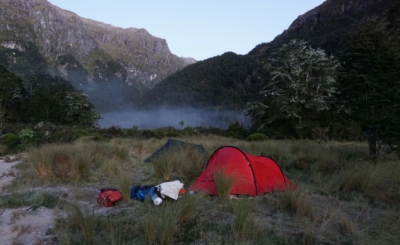NZ Nature Fund is helping manage funds donated to the major project of restoring the Chatham Islands on behalf of Predator Free Chathams and the Island Ocean Connection Challenge.
Predator Free Chathams is a community-driven conservation programme to help restore the islands’ natural gifts, for now and for the future.
The first project is focused on removing three key introduced predators from the main island, Rēkohu / Wharekauri (main Chatham): possums, rats and feral cats. This will be carried out in phases, with biosecurity controls to prevent predators from reinvading. At the same time, the community will work to create safe new habitats by planting native trees and fencing protected areas so that native birds can be reintroduced to areas where they once thrived.
Work will also continue on the second inhabited island, Rangihaute / Rangiauria (Pitt Island), to eliminate feral cats and ensure the survival of critically threatened species. This will be supported by planting native trees and restoring habitat.
The Chatham Islands Landscape Restoration Trust is leading this work in collaboration with Moriori, Māori, the community, and other local and national groups. Much of the land is privately owned, with supportive landowners eager for the resources to realise this long-term vision. The programme has secured some government and grant funding, and initial steps to rewild the islands are ramping up.
